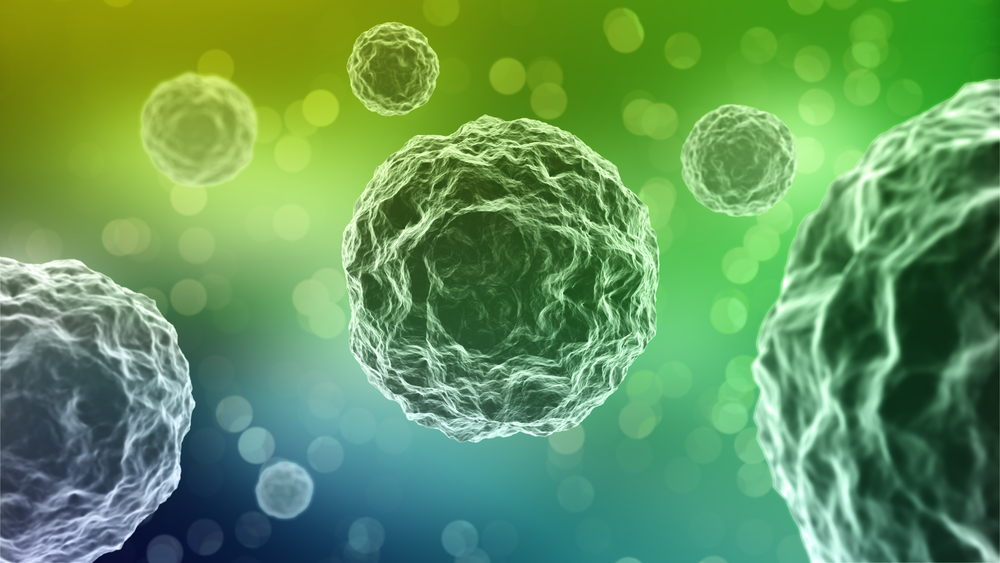
When we think about our ancestors, most of us reach a few generations back—great-great grandparents, maybe a generation or two before.
If we think back further, we might contemplate early hominids, the two-legged species that straddled the line between apes and us. But what happens if we go further back in time—to the ancestor of all mammals? Or of all vertebrates? Or all multi-celled organisms? All life on Earth?
What sort of life form existed at the base of the entire tree of life? Scientists call this the last universal common ancestor, or LUCA for short. It’s the relative shared by every living creature. You and whales and spiders and rosemary and poison ivy and kitchen mould and the flu virus and E. coli all, ultimately, trace back to it.
This organism would have lived four billion years ago, possibly in something akin to a deep-sea hydrothermal vent, or possibly in some other type of ‘prebiotic soup’, as scientists sometimes call it. What kind of features might such an entity have possessed? It’s one of science’s biggest mysteries. And some recent discoveries have shifted our thinking about it—leaving us both closer to an answer and still dauntingly far away.
If you want to divine the last common ancestor of all life, one possible starting point is the common traits all existing life forms share. ‘If they all have something in common, most likely that feature was also in the common ancestor,’ says Jonathan Eisen, a microbiologist at the University of California, Davis, explaining the logic.
But to look for those similarities, you need to look at the full catalog of life. Imagine you’re trying to find the last common ancestor of all mammals, but you’ve only ever laid eyes on a primate.
You’d probably think all mammals were big-brained and could grasp with their hands, and that all mothers carried their young around until weaning. But those traits, of course, only represent a small portion of the mammal world. What about rodents? Or ungulates?
Think about how much the catalog expands each time you add a new animal. Rats. Moose. Elephants. Aardvarks, bats, manatees, marmots. Marsupials like kangaroos. Strange egg-laying mammals like the duck-billed platypus. To deduce the traits of a common mammalian ancestor, you’d need to consider all the riotous diversity in the mammal world.
The same is true for the last common ancestor of all life. Without knowing what ‘all life’ includes, Eisen says, we may as well be looking just at the primates. Today, scientists hunting for LUCA are largely studying genomes—the genetic code that makes up a particular organism. Not long ago, Eisen launched a project called the Genomic Encyclopedia of Bacteria and Archaea.
‘Most of the diversity of life is still unrepresented in genome data.’
The project would help flesh out our knowledge of the organisms in these two major branches on the tree of life, by comparing the genetic codes of thousands of microscopic organisms, most of which have never been studied before.
‘What we’ve learned,’ says Eisen, ‘is that most of the diversity of life was still unrepresented in genome data.’ In other words, the pool of diversity we’ve been studying represents only a small part of what’s really out there.
Another recent experiment underscores this. A team of scientists from the University of California, Berkeley, including Jill Banfield, a professor of earth and planetary science, and Chris Brown, a graduate student, collected samples of water from the Colorado River.
They ran the water through filters that allowed incredibly tiny organisms to pass through—as small as one-tenth of a micron (a micron is one-thousandth of a millimeter). We’re talking about something so small that fifteen thousand of them could fit across the edge of a penny. Then they sequenced the DNA of everything they found.
Using new tools for reconstructing and studying genetic material, and a painstaking process of analysis, the team was able to identify the genetic codes of nearly 800 kinds of organisms. The scientists discovered entire groups of microbes that no one had ever seen before. In fact, this one study single-handedly expanded the number of known bacteria by almost 50 percent.
Many of these organisms are extremely tiny and contain stripped-down gene pools; scientists believe they may rely on other organisms for some basic functions.

The next step is for scientists around the world to sort through the genomes, study the biology, and ask, as Eisen puts it, ‘What are the real core properties across organisms?’ If past research has suggested that the last universal common ancestor was a thermophile—an organism that thrives in extreme heat, like a hot spring or a deep-sea hydrothermal vent—does that still make sense given our new understanding of microbe diversity? This will take some time. But the discovery from Banfield’s lab at least offers hope that we’re finally barking up the right tree.
Meanwhile, though, many longstanding mysteries and debates remain. Did LUCA, for instance, possess DNA? Another path to finding our long-lost ancestor is to reverse the approach: start in the past and work forwards.
Instead of looking at what traits all life shares, some scientists are asking what components are necessary to produce life. What are the rules? What’s the formula? What kind of material do you need to kick-start the process of building, say, a cell membrane?
Pondering how life originates also helps if you’re searching for life on other planets. If we can crack the code of early evolution on our own planet, we might be able to spot the components for life on Mars. One of Eisen’s next projects is a scientist powwow on how to look for novel life forms. Some of the participants will hail from NASA.
Who knows—the hunt for our own deep roots may catapult us out into the galaxy. Where the story of life truly began, a very, very long time ago.
